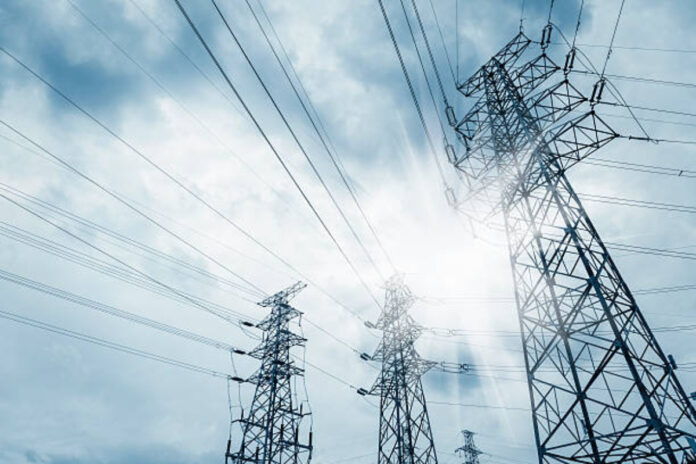In a significant development aimed at promoting renewable energy usage, the Indian government has announced new amendments to the electricity rules, introducing a time-of-day tariff system. According to the Ministry of Power, this system will result in a reduction of power tariffs by up to 20% during solar hours, while tariffs will see an increase of up to 20% during peak night hours.
The implementation of this new tariff structure, set to commence from April 2024 for commercial and industrial consumers, aims to encourage greater reliance on renewable energy sources. By offering lower tariffs during solar hours, when solar power is more readily available and cheaper to generate, the government aims to incentivize consumers to utilize solar energy during daylight hours.
The primary objective behind this move is to alleviate the strain on the power grid during peak evening hours, when households typically consume higher amounts of electricity, especially for air conditioning purposes. By implementing higher tariffs during these peak hours, the government hopes to discourage excessive power consumption during these periods and encourage a more balanced distribution of energy usage throughout the day.
The new time-of-day tariff structure will be applicable to most consumers, except those in the agricultural sector, from April 2025. This phased approach allows for a smooth transition and ensures that consumers have sufficient time to adjust their energy consumption patterns accordingly.
Power Minister R. K. Singh emphasized the cost-effectiveness of solar power, stating, “Since solar power is cheaper, the tariff during the solar hours will be less, so the consumer benefits.” He further explained that during non-solar hours, when thermal, hydro, and gas-based power generation is utilized, which incurs higher costs compared to solar power, these costs will be reflected in the time-of-day tariff structure.
This move aligns with India’s ambitious renewable energy targets, aiming to achieve 65% of the country’s energy capacity from non-fossil fuel sources by 2030. Additionally, it contributes to India’s commitment to achieving net-zero emissions by 2070, further solidifying the government’s commitment to sustainable energy practices and combating climate change.
The implementation of the time-of-day tariff system marks a significant step forward in the government’s efforts to incentivize renewable energy usage and promote a more balanced distribution of power consumption. As the nation strives to transition to a cleaner and more sustainable energy future, such policy measures play a crucial role in driving India’s renewable energy agenda and reducing its carbon footprint.
Sources By Agencies




